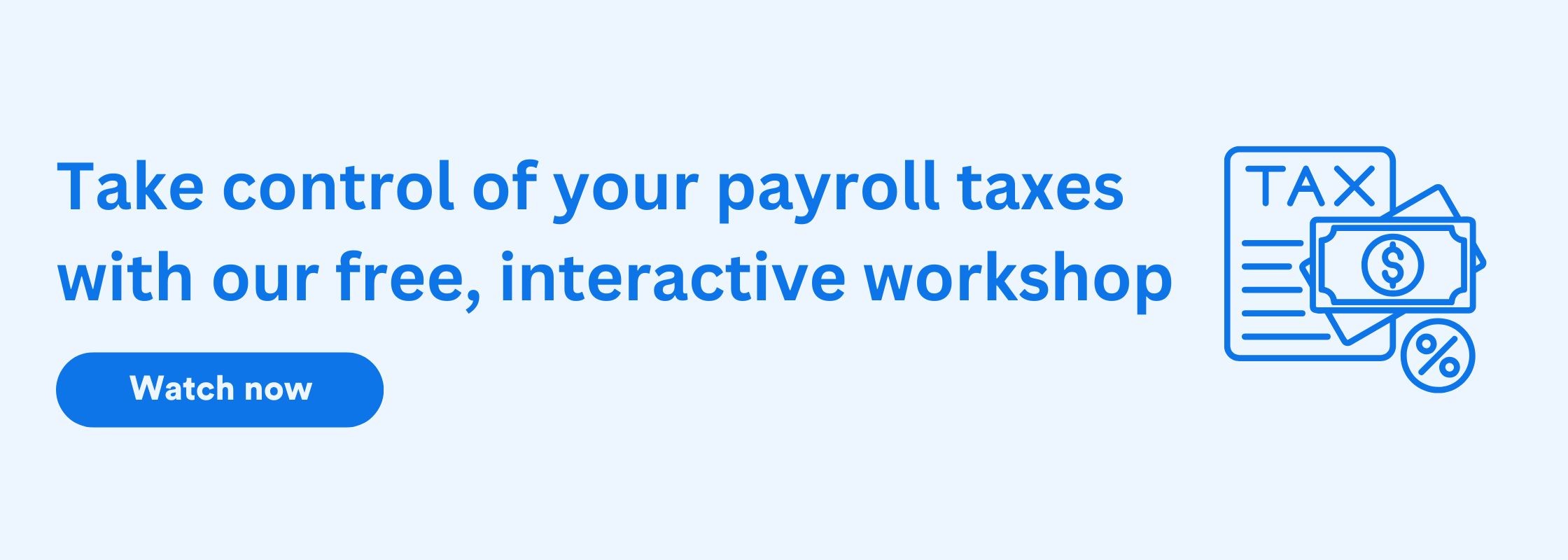Six Steps to Get Ready for Tax Season as a Childcare Provider
Daniel McDonnell
2 min read
5. Review and file your tax return
Before submitting your tax return, make sure to carefully review it to ensure it’s accurate. Check that all income, deductions, and credits are correctly reported. It may be worthwhile to hire a Certified Public Accountant to assist with your returns or give it a final look over.
In addition to manually preparing and filing your tax returns, another option to consider is user-friendly tax-filing software such as TurboTax, which provides step-by-step guidance and automates the process, making it more convenient and efficient. These tools not only help you accurately calculate your taxes but also ensure that you claim all eligible deductions and credits, maximizing your potential refund.
Filing Options:
E-File: Electronically file your tax return for faster processing and quicker refunds.
Paper Filing: If you prefer to physically file your tax returns, print the necessary forms and mail them to your state’s IRS mailing address.
Not ready to file your taxes?
Request an extension by filling out Form 4868 by April 15. While an extension gives you more time to file your return, it does not give you extra time to pay any taxes owed.
6. Pay any taxes owed
After you complete your tax return, you may owe taxes. It’s important to pay them before your filing deadline (usually April 15). Failing to pay on time can result in severe penalties and interest.
Stay on top of your taxes year round
Are you leaving payroll taxes to the last minute every year? Losing track of employee hours and documents? Payroll taxes are one of the most important financial tasks you manage—don't let it fall by the wayside. Playground's Payroll solution calculates and files payroll taxes for you. Plus, we'll get your employees the documents they need when it's time.
Tax tips and takeaways
Keep Detailed Records: Maintain organized records of all relevant documents, receipts, and financial statements. This will make it easier to prepare your taxes and provide supporting documentation if required.
Make Estimated Tax Payments: Self-employed childcare providers may be required to make estimated tax payments throughout the year. They’re used to pay both income tax and self-employment tax and can help you avoid underpayment penalties.
Consult a Tax Professional: Taxes can be complex, especially for self-employed individuals. To ensure you maximize your deductions and credits while staying compliant with tax laws, consider working with a tax professional.
Tax laws are always changing, so it’s important to stay informed and consult a tax professional if you have any specific questions or concerns. As a childcare provider, you can navigate the tax filing process with confidence in 2025 by following these steps.
300k+ child care providers & families trust Playground to cut costs & save time
Playground is the only app directors need to run their early child care center. Playground manages marketing, registration, billing, attendance, communication, paperwork, payroll, and more for child care programs. 300,000+ directors, teachers, and families trust Playground to simplify their lives.
Learn more by scheduling a free personalized demo.
Start making your families and staff happier
Say goodbye to juggling several platforms and streamline operations with Playground











